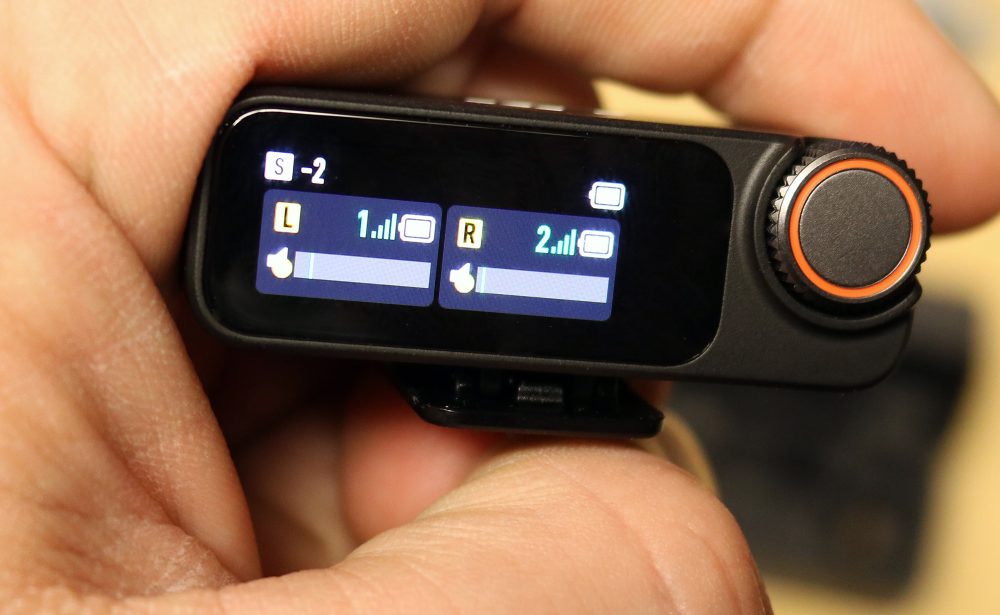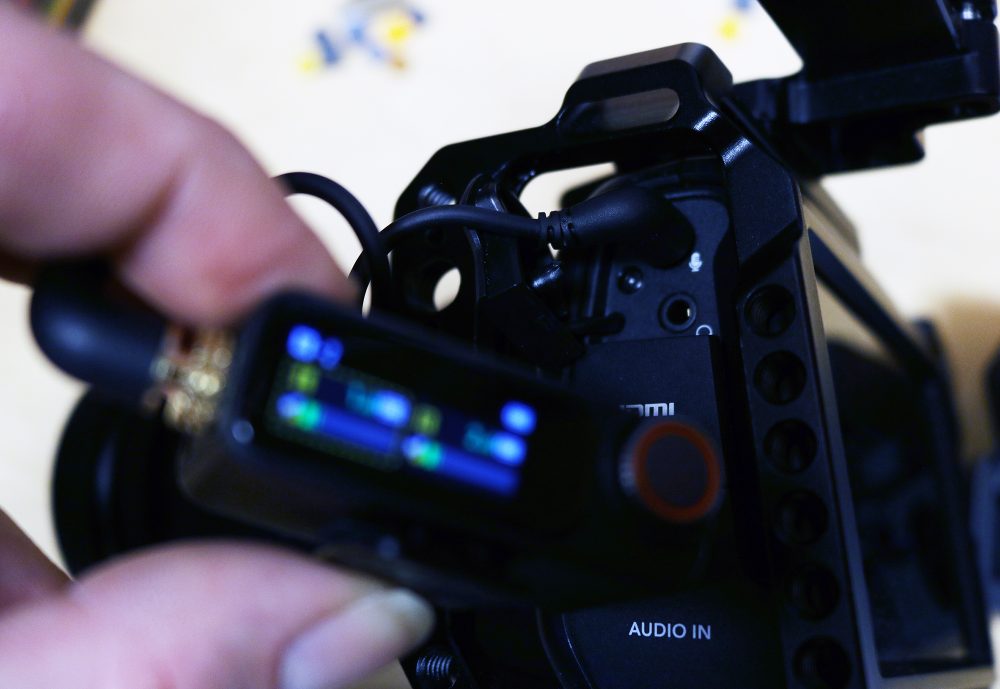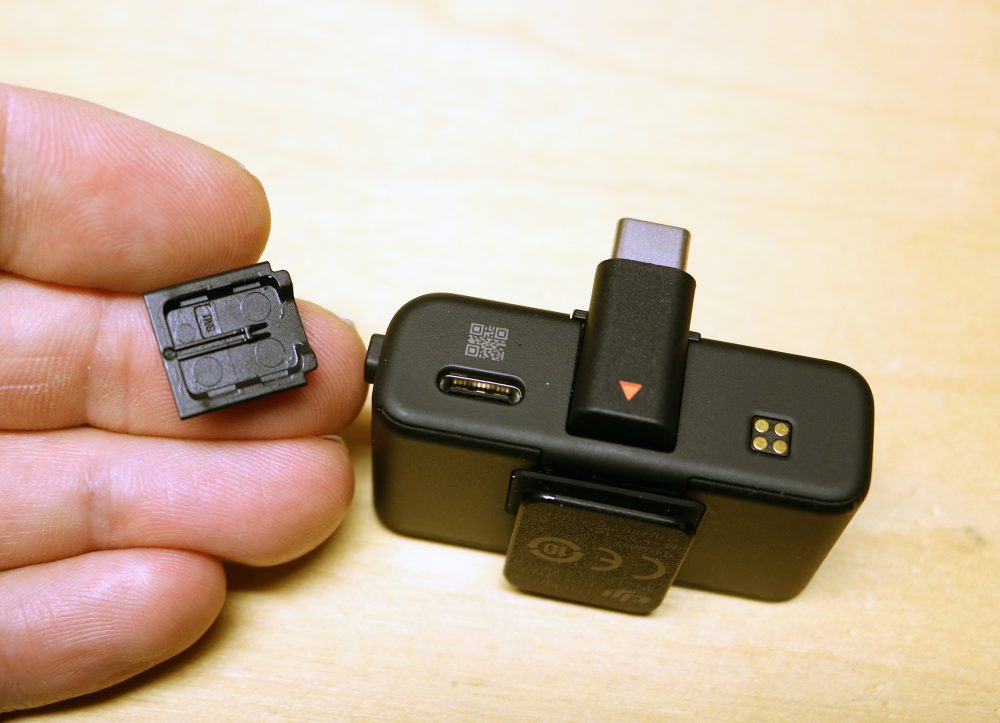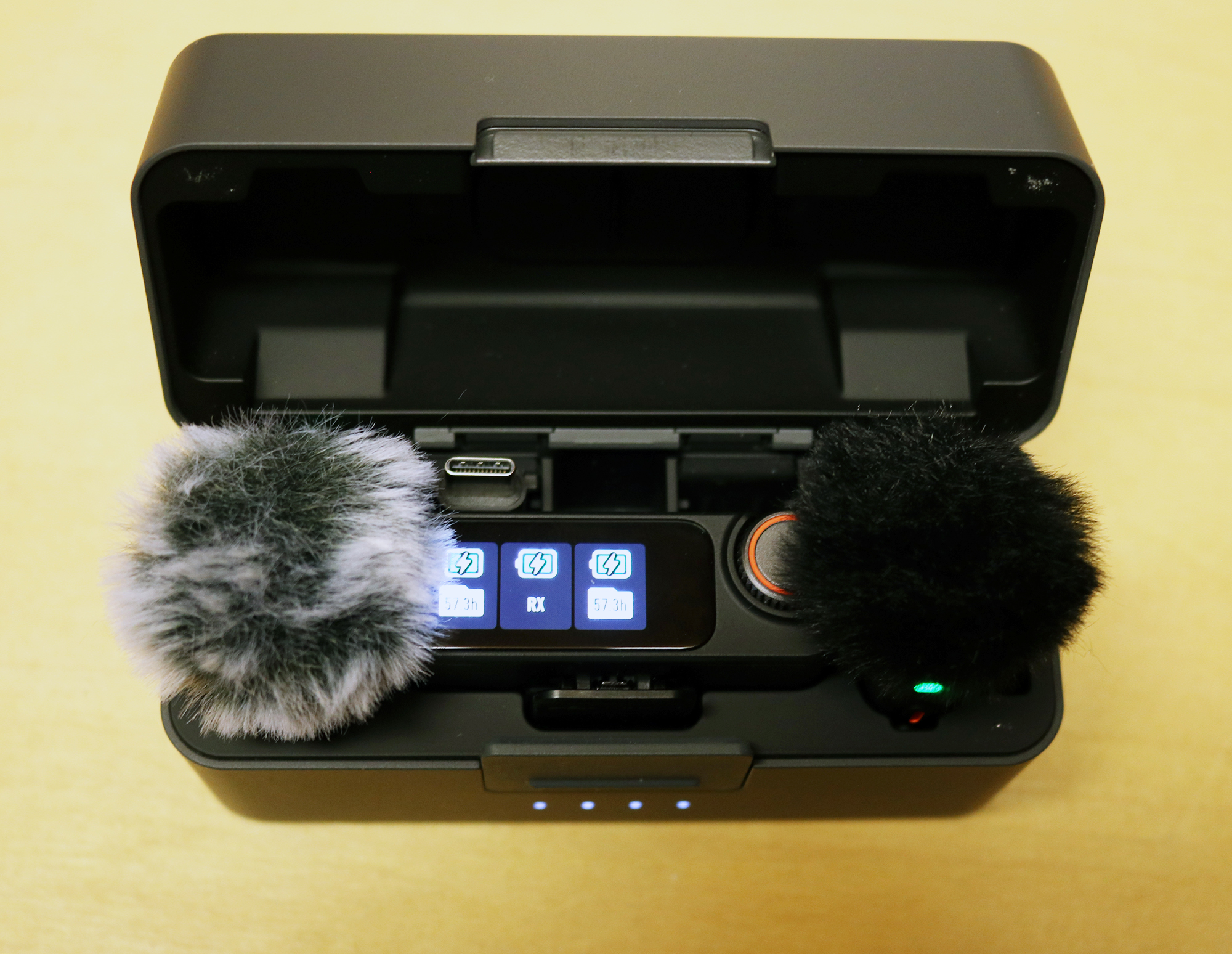TL;DR
DJI Mic 3 is a major audio upgrade for creators, boasting significantly improved range (up to 400m!), dual-band tech, and a larger internal memory for uninterrupted local recording. Its compact, lightweight transmitters now include Bluetooth, and the adaptive gain control and enhanced DSP deliver crisp, clear audio even in noisy environments. While not ideal for complete concealment in film shoots due to its size and omnidirectional pickup, it excels for interviews, documentaries, and as a supplementary audio solution. Discover if this powerful audio tool is right for your next project – read the full review to find out!
Mic 3 from DJI is an ideal solution for streamers and content creators requiring efficient, high-fidelity audio capture for themselves and their interview subjects. The audio quality is also fully adequate for documentary production and other applications demanding pristine speech clarity. The microphones also serve as an excellent supplementary audio solution for film productions, particularly in confined environments where traditional boom microphones or external setups are impractical, and where capturing ambient sound is beneficial for the mix.

Upgrades from Mic 2
DJI Mic 3 represents a significant advancement from its predecessor Mic 2 in several aspects:
- Improved range
- Adaptive audio management
- More robust connection
- Larger internal memory for signal loss
- Bluetooth support
In summary, the Mic 3 demonstrably outperforms its predecessor. However, it is prudent to examine any potential limitations.
Technical Improvement
Mic 3 utilizes dual-band technology (2.4 + 5.8 GHz), unlike Mic 2 which exclusively used 2.4 GHz. This enhancement extends the operational range from 250 meters to up to 400 meters. In the event of signal loss, the microphones automatically initiate local recording, leveraging an expanded internal memory, upgraded from 8 GB in Mic 2 to 32 GB in Mic 3. This capacity provides approximately 14 hours of recording time before circular recording commences.
Design and Functionality
The transmitters not only benefit from enhanced range and increased capacity but also feature a significantly reduced form factor, weighing only 16 grams compared to its predecessor’s 28 grams. Furthermore, the Mic 3 incorporates Bluetooth connectivity, a feature absent in Mic 2.


Advanced Features
The new Adaptive Gain Control is particularly useful for avoiding clipping and maintaining consistent audio levels across diverse environments. Mic 3’s improved encapsulation and DSP (digital signal processing) deliver superior audio clarity, particularly in outdoor settings prone to wind interference or significant background noise. The frequency range is between 20 Hz and 20 kHz, encompassing the full spectrum of human hearing. The microphone is optimized for voice frequencies from 300 Hz to 3 kHz. The battery life in the transmitters and receiver is approximately 6 hours, and with the charging case, the total battery life is about 28 hours. Our rigorous testing has validated these specifications, noting that actual performance may vary based on usage patterns and environmental factors such as temperature and transmission distance.

Practical Use
I connected Mic 3 via the 3.5 mm jack to my Blackmagic Pocket 6K camera, seamlessly enabling stereo audio recording on discrete tracks. This facilitates straightforward channel separation during post-production. The receiver has a convenient touch display where you can adjust recording levels and background noise compensation. The display provides real-time level metering, allowing for precise adjustment of gain to compensate for variations in speaker volume.

In the next test, I connected the receiver via USB-C to a mobile phone. Audio was acquired effortlessly directly from the Mic 3. With Bluetooth support, settings can be configured either through the dedicated mobile application or directly on the camera interface. A minor consideration is the small plastic cover designed for port protection; users should ensure it is securely re-affixed to prevent loss.

Audio Quality and Limitations
Naturally, the paramount aspect of any microphone is its audio fidelity, which in this instance, presents a nuanced consideration dependent on the specific application. Attaching the compact microphones to an interviewee is straightforward, given their negligible weight. Attachment options include a magnetic clip or a standard clip, which now also incorporates a magnetic function. This design refinement further minimizes the microphone’s physical footprint.

Despite these advancements, their size remains larger than traditional lavalier microphones, precluding complete concealment within clothing for professional film productions. Furthermore, the omnidirectional pickup pattern results in a broader recording area and less focused sound capture, which may not be ideal for cinematic applications requiring precise audio isolation. However, it is important to acknowledge that the Mic 3 is not primarily engineered for such specialized film production scenarios. Its core design optimizes for rapid and seamless audio acquisition during interviews or direct-to-camera address, an application in which it excels.
During recording in a noisy exhibition hall, the Mic 3 performed admirably. Despite significant ambient noise, speech intelligibility remained clear – see the clip below.
Conclusion
The DJI Mic 3 emerges as a compelling and highly recommended audio solution. Its superior performance and versatile functionality make it an indispensable tool for streamers and documentary filmmakers, and a valuable complementary asset for cinematographers, even in scenarios where it may not serve as the primary audio capture device. While its price point is marginally higher than its predecessor, the Mic 3 undeniably delivers exceptional value, justifying the investment through its advanced capabilities and improved user experience.
DJI sent review samples for this test. Our editorial integrity is paramount; all evaluations are conducted independently, with the interests of our readers and consumers as our primary focus.

